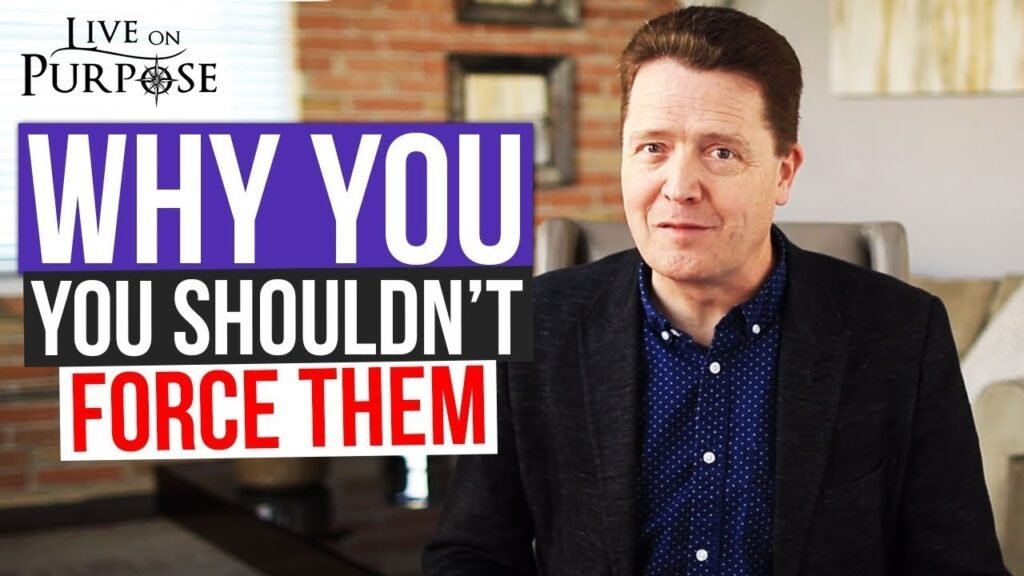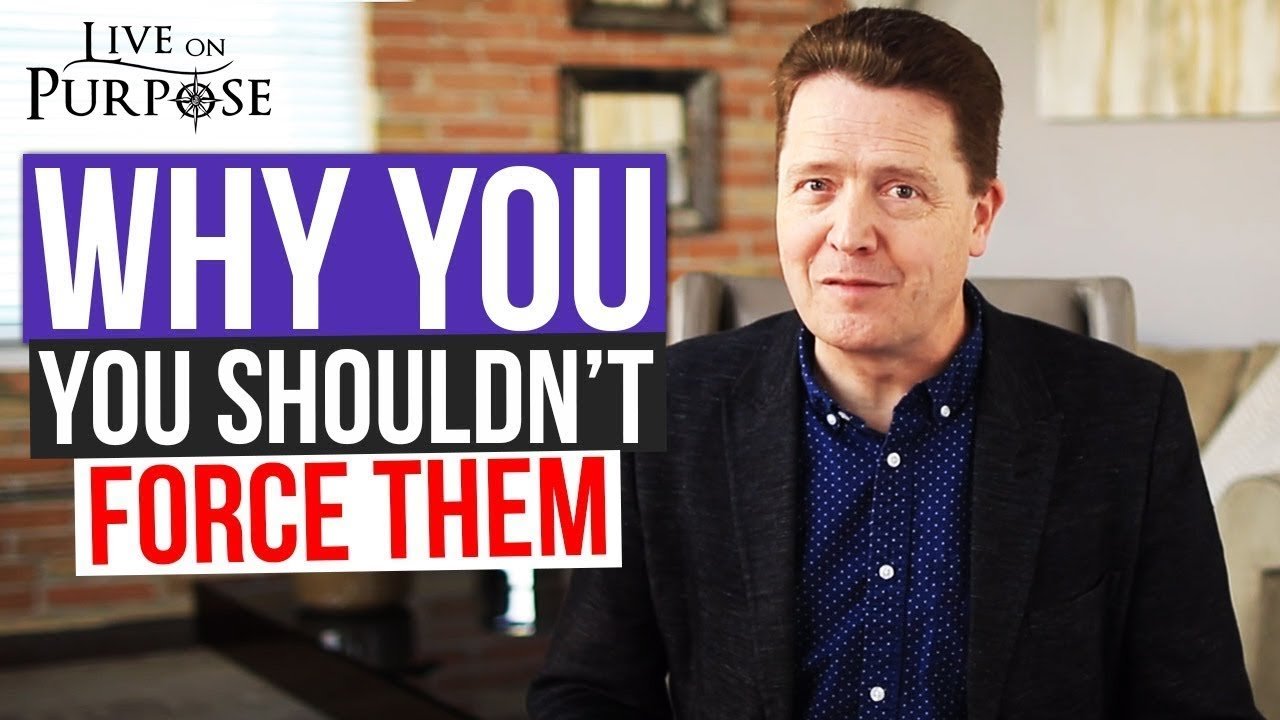If you’ve been wondering how to teach your child to say thank you, then this article is for you. Gratitude is an important value that we want to pass on to our children, and the best way to teach them is by showing them how to do it. In this parenting video by Live On Purpose TV, Dr. Paul Jenkins explores different strategies for teaching gratitude to your child. He emphasizes the importance of modeling gratitude in your own behavior, praising and thanking your child for their efforts, and having conversations about appreciation and gratitude. Additionally, he suggests practicing roleplay with your child to help them feel more comfortable expressing gratitude. So, if you’re ready to teach your child the power of saying thank you, watch the video and start implementing these strategies in your own parenting journey.
Modeling Gratitude
Gratitude is an essential value that we want to instill in our children. And the best way to teach them gratitude is by leading by example. As parents, we need to ask ourselves if we are modeling gratitude in our own lives. Are we genuinely grateful and do we express our thanks to others? Our children are always paying attention to what we do, rather than what we say. So, if we want them to be grateful and say thank you, we need to show them how it’s done.
An example of this is during a family dinner. One of your kids expresses gratitude for the delicious meal you’ve prepared. Instead of brushing it off, acknowledge and appreciate their gratitude. This simple act of appreciation not only shows them the importance of saying thank you, but also encourages them to continue expressing gratitude in their own lives. It becomes a part of your family culture.
When it comes to modeling gratitude, it is essential to be sincere about it. Children can easily detect fake or contrived gratitude. So, before expecting our children to be grateful, let’s look within and ensure that our expressions of gratitude are genuine.
Showing Appreciation to Your Child
Teaching our children to say thank you begins by thanking them for their actions. By doing so, we reinforce positive behavior and encourage them to continue acting in ways that we appreciate. It is crucial to catch them doing things we are grateful for and express our thanks. This can include actions such as helping around the house, completing chores, or showing kindness to others. Recognizing their efforts and thanking them sincerely will motivate them to keep up the good work.
Another behavior that deserves appreciation is when they tell the truth, even when it may be difficult. Instead of punishing them for their honesty, thank them for their integrity. Let them know that speaking the truth is admirable and valued in your family.
Acknowledging helpful behavior is also an effective way to teach gratitude. When your child contributes to the family culture by being helpful, express your appreciation. Even if the task is small, thanking them for their effort reinforces the value of helpfulness and encourages them to continue being helpful in the future.

Approaching Correction or Coaching
In situations where correction or coaching is necessary, it’s best to handle it privately with your child. Instead of correcting them in front of others, find a moment when you can address the issue one-on-one. This approach prevents them from feeling ashamed or embarrassed in front of someone who has done something nice for them. Of course, it’s essential for them to say thank you, but correcting them publicly may not always be the most effective way to teach gratitude.
For example, suppose someone gave your child a treat, and they forgot to say thank you. Rather than immediately correcting them, wait for an appropriate moment, like when you’re in the car on the way home. Initiate a conversation about the situation and discuss what would have been a good way to respond and show appreciation. By having this conversation privately, you can focus on the importance of gratitude without putting them on the spot.
Engaging in conversations about appreciation allows your child to understand the value of expressing gratitude and how it affects others. Depending on your child’s developmental stage, these conversations can be tailored to their level of understanding. By taking the time to explain and discuss gratitude, you are teaching them a valuable lesson that will stay with them throughout their lives.
Practice Saying Thank You
To reinforce the concept of expressing gratitude, it can be beneficial to practice saying thank you with your child. Role-playing is an effective method that allows them to experience scenarios where expressing gratitude is necessary. For example, while in the car, you can take turns pretending to be someone who has done something kind for them, and they can practice saying thank you in response.
During these role-playing sessions, provide affirmations and positive reinforcement. Praise your child when they say thank you and encourage them to continue practicing. This positive feedback and acknowledgement create a sense of accomplishment and motivate them to improve their ability to express gratitude naturally.
Practicing saying thank you three times seems to be a magical number that encourages your child to internalize the behavior. So, don’t be afraid to repeat the role-playing exercise and offer feedback until expressing gratitude becomes second nature.
It is also important to thank your child sincerely for participating in these activities. Let them know that their effort in learning the importance of gratitude is valued and appreciated. By expressing gratitude towards them, you reinforce the idea that gratitude is a two-way street.
Inviting Other Conscious Parents
If you have found these strategies helpful in teaching your child to say thank you, why not extend an invitation to other conscious parents? Building a parenting community where like-minded individuals can share insights and experiences can be invaluable. By supporting one another in our parenting journeys, we can all learn and grow together.
Joining a parenting community provides the opportunity to connect with others who share similar values and goals. It allows for the exchange of ideas, advice, and support. So, extend a warm invitation to other conscious parents to join your parenting community. By doing so, you create a network of support that benefits everyone involved.
In conclusion, teaching your child to say thank you starts with leading by example and being sincere about gratitude. Express appreciation for their actions, acknowledge their honesty, and thank them for their helpful behavior. When it comes to correction or coaching, handle it privately and engage in conversations about appreciation. Practice saying thank you through role-play and provide affirmations. Finally, extend an invitation to other conscious parents to join your parenting community. Together, we can raise grateful and appreciative children who understand the value of expressing gratitude in their lives.

